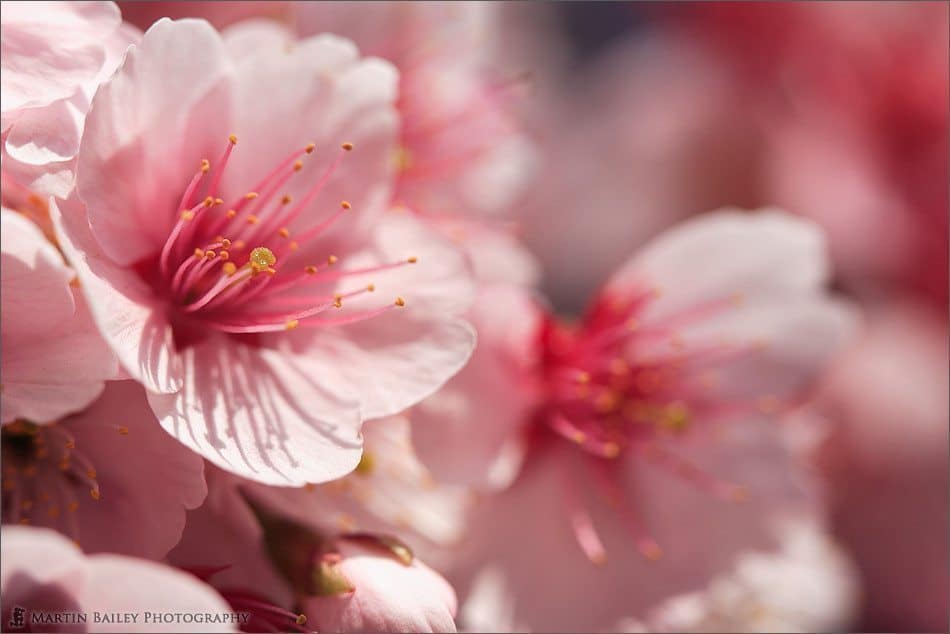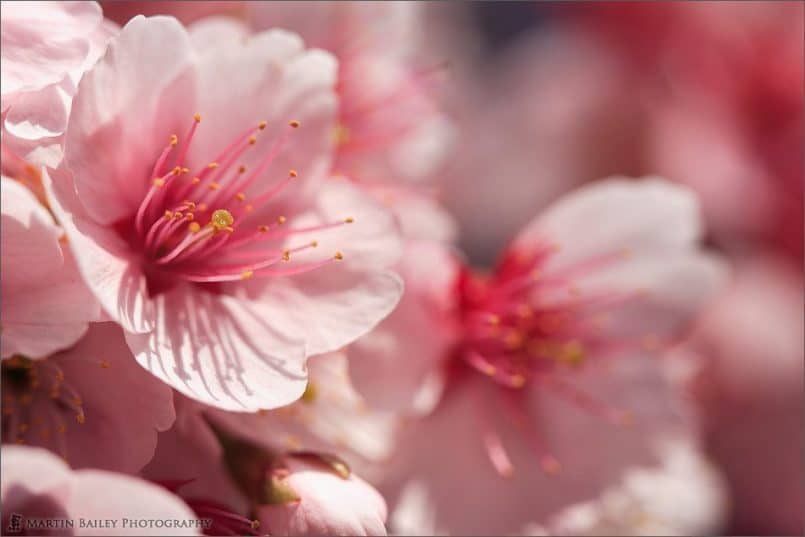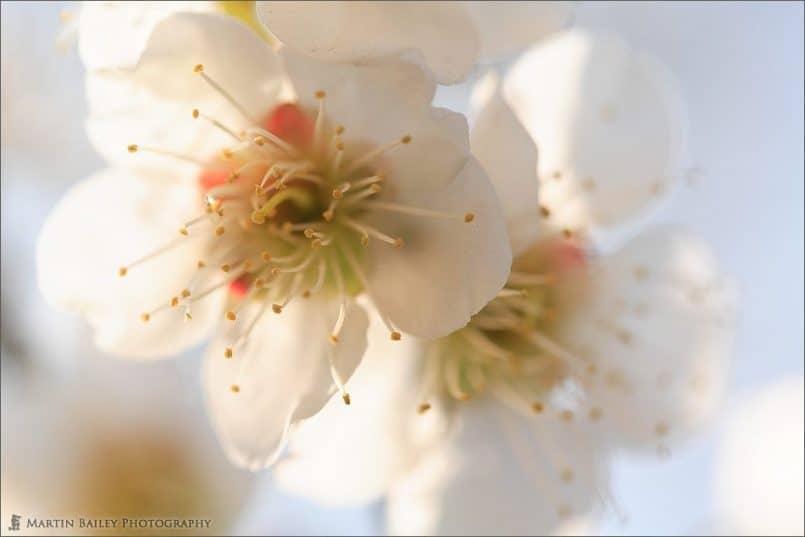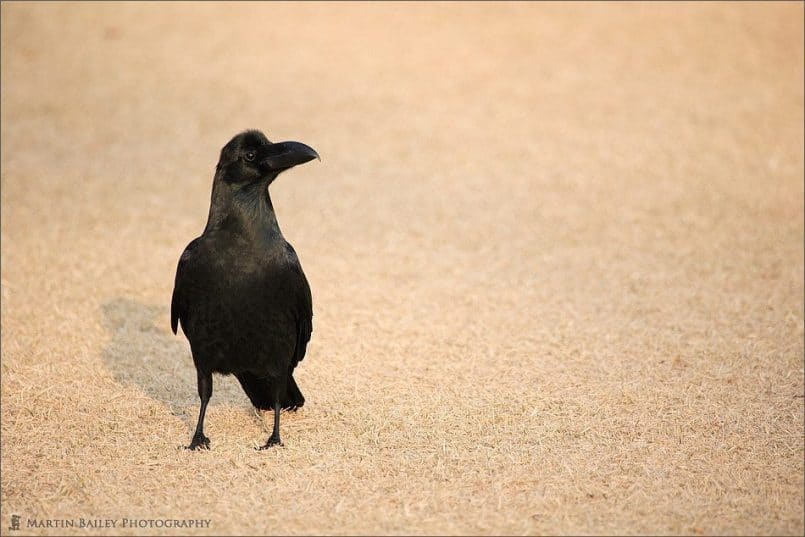Spring comes relatively early here in Tokyo, and a resent trip to one of the local parks reminded me of this. Also, I was reminded of the need to stay healthy recently. Without your health no amount of camera equipment and enthusiasm will get you photos. Stay tuned to hear what’s been happening.
Please allow me to talk about a none-photography related subject for just a little while. Nothing to worry about, but since last speaking with you, I’ve had my gallbladder removed. I’ve had gallstones for years, and although they sometimes gave me pain, I learned how to live with them and avoid having attacks. But about a month ago I had a totally unprovoked attack during the day that lasted for a couple of days. I was now carrying an unexploded bomb, and had a take a load of medicine with me for the Hokkaido tour so that I didn’t cause problems for the other members if an attack did strike. Nothing happened but I was worried not knowing when the next serious attack would happen, so I’d decided it was time to have the surgery soon as coming back from Hokkaido we completed the remaining tests and last Thursday we got rid of the gallbladder once and for all. It was keyhole surgery though, so although the first 24 hours was a bit tough, I felt fine after that and was discharged from yesterday morning, Sunday the 19th March.
Now, the reason I wanted to mention this here is that I still have some pain from the four holes left in my abdomen and will not be able to lift things or crouch into low positions for a while. So I’m going to be struggling to carry around a heavy camera bag and get down low enough to shooting bugs and things for a few weeks. In my case, this has been a pretty much controlled experience that I will be over fully in a few weeks time, but this has made me think even more that without our health we are nothing. We could not only find it difficult to get out and about enjoying our amazing hobby or profession, but we couldn’t keep down a full time job to pay for our toys either. Also, in the hospital I was surrounded by the scores of people having operations to remove malignant growths and operations for various serious, often fatal illnesses, and experiencing pain and indignity that I could not imagine. We’ll get to photography in a moment, but just I felt so humbled to have, in general, my health and be able to lead a normal, active life. I for one will be paying a little more attention to my health from now on, and I hope that you will all stay healthy and active too.
Well, moving on, spring is in the air! Although I generally have something that I like about all seasons, spring just seems to bring so much to us and so just seems so full of happiness.
Actually, allow me to do just a little more reflecting before we look at a today’s real-world example images. I recall speaking to the elderly lady that runs the inn in which I stayed the night when I went to shoot those beautiful houses in the Shirakawagou Village last December, the ones that I spoke about in episode 17 on Winter Photography. The Shirakawagou Village is locked in snow for almost half of the year, with spring not really arriving until the end of April, early May, and the lady spoke of its arrival with such passion and yearning. She showed us a photograph of her cottage in spring and pointed to the Narcissus or Daffodil shoots coming through the patches snow at the edge of the paddy field. The first real sure sign that spring is on the way.
She also spoke of how easy life is getting for the city folk. Even if we have harsh winters, we have gas or electric heating to make life easier. In the village, there are power cuts almost nightly due to the snow bringing down the power lines some where meaning that electricity is not reliable. The trucks that bring in the gas which has to be delivered to each house in cylinders cannot get through for long periods of time some winters, making just keeping warm difficult. The trucks that bring in food also have the same problems, so even the convenience stores are not so convenient during the winter months in this village. So really for many, the arrival of spring is so much more than just getting excited about the new photo opportunities it brings.
OK, so having rambled on about my surgery and the arrival of spring for all this time, I’d like to take a look at a number of images I made the weekend before I went into hospital. I took a trip to the Shinjuku Gyoen Park here in Tokyo, as at this time of year there are usually a number of Japanese White Eye birds, such as the one in an image I mentioned in Episode #24 of this Podcast on Teleconverters, that visit the Kanzakura trees. I’ve never been able to find an English translation of the name of this tree. Kan means cold and zakura or sakura means cherry blossom. Basically this type of cherry blossom blooms just a little earlier than other types and for me really signifies that spring has finally arrived and what sparked me talking about the arrival of spring earlier.
You can see that the F4 aperture at this distance gave me a depth-of-field shallow enough to throw the nearest and farthest points of this particular blossom out of focus, as I said, to accentuate the stamen and their shadows, but it is enough to allow a few other parts of the business to the left to catch our eyes too. In addition to this, the furthest flowers in the frame are reduced to just blotches of colour, stopping them from detracting from the main subject any more than necessary. Now the funny thing here is that just as I got my tripod and camera in position to shoot this image, a pair of Japanese White Eyes showed in the tree above me. My wife was telling me, “there here, there here”, but I decided I wanted to continue and get this one down. By the time I’d exposed a few frames, and came up for air, the White Eyes had flown away. Oh well. I guess I’ll have to try and make it back there either next week or next year. They’ll be back again.
Let’s move on to another shot from this day, which is shot number 942. Another blossom shot, this time the flower of the Japanese Apricot tree. The blossom from this tree is often either a very pale pink, or white, such as in this shot, or a very bright pink. Pinker than the Kanzakura blossom we just looked at. For this shot, I once again use an aperture of F4, but also used a Canon EF 25 II extension tube that I picked up recently. I’ve owned a 12mm extension tube for some time now, but decided to also give the 25mm a try and for this shot it was coupled again with my 100mm macro lens. You can see from this shot that the depth of field is markedly shallower at the same aperture than the last shot. Sure, I’m a little closer to this flower than the last, but still, I think you’ll be able to appreciate how quickly the focus drops off behind the flower. I was still at ISO 200 to maintain a certain amount of shutter speed as the wind was still shaking the flowers about, but it was nearing the end of the day, so the shutter speed was now down to 1/160 of a second.
With regards to the artistic decisions I made with this shot, firstly, I chose some blossom that was backlit by the low sun, to enhance that dreamy feel that you can play with so well with wide apertures and shallow depth of field. I also chose to over expose slightly to enhance that even more. To push the exposure as far as I could, I took a guess at my first exposure, based on my camera’s meter, and then started to slow down the shutter speed in a third of a stop increments, checking the histogram and the exposure warning on the LCD. Once you start to over expose whites, you’ll see a spike right up against the right hand side of the histogram, and also you’ll see areas of the actual image that flash black intermittently. The flashing actually means that you are close to blowing out your whites, as well as them being totally blown out, so if you see just a little area flashing, and you are looking for a high-key shot, then that’s about when you want to stop increasing the exposure. If I recall correctly, I exposed this at plus 2/3 of a stop, and was seeing just a small amount of flashing on that petal hanging down in the top left of the frame. This was exactly what I wanted.
The other decision I made was to focus on the right-most petal on the left-hand side flower. I did this because I wanted the line between the two flowers to be as distinct as possible. Had I focused anywhere else with this depth-of-field, this line would have become more blurred and the two flowers would have started to merge together a little. The last decision was to crop tightly, with the left flower in the top third and the right flower towards the bottom third of the frame. Overall I think this works pretty well. I got the dreamy effect that I like and the shot is pretty well balanced.
Well, to finish, let’s take a look an image I made on the way out of the Shinjuku Gyoen park, which is number 944. Many of the parks in Tokyo close at an incredibly early hour. There’s still well over 90 minutes daylight left at this time of the year, and they insist on kicking you out at 4:30. On this particular day, as we hurried towards the gates with the hordes of other people that didn’t want to leave any earlier, this crow came hopping out of a wooded area onto the lawn, still wearing it’s golden winter coat, and was regarding us as we passed by, almost as though making sure we were all actually going to leave, giving him back his park for the rest of the day until the following morning. Crows get a pretty bad press in most parts of the world, but I quite like them. I was attacked by a nesting pair once for returning to the foot of their tree to look at a grub, but apart from that, I quite like them. Most crows in Tokyo are this type with the large beak, known as a Jungle Crow, as opposed to the Carrion Crow that I was more used to seeing back in the UK.
Tecnically this is not a very challenging shot. I had to over expose by 2/3 of a stop to stop due to the brightly coloured grass and I wanted to keep the black of the crow from going totally black and loosing detail. And for the suspicious among you, no, I was not simply using the same settings as for the previous shot. I’d switched back from Manual to Aperture Priority and had been shooting a few different areas of the park before leaving. The ISO was now 640 and I was using an aperture of F5.6 for 1/800 of a second. I was now using my 100-400mm lens too at its full extent.
So that is it for this week. Sorry for rambling on a bit at the beginning of the Podcast. I guess having time to reflect on a few things while recovering from my surgery made it’s way into this episode. I hope I haven’t made any of you feel depressed or alarmed or anything. I certainly try to gain from all experiences and I believe I will gain from this one too, in more ways than getting rid of those painful gallstones.
And finally, I’d like to thank those of you that have taken the time to complete the Martin Bailey Photography Podcast’s listener’s survey, but the percentage of completed surveys compared to the number of downloads is still pretty low. If you appreciate what I’m doing here and would like to help me to keep on producing the show, please complete the listener’s survey. You can find a link in the small Podcast section on the top page at martinbaileyphotography.com or linked with a larger graphic on the Podcasts page. I’ve also posted an announcement in the forum about this, with a link, so I’ll put a link to that post in the show notes. It doesn’t matter how long you’ve been a listener or how frequently you listen to this Podcast. Thanks in advance for taking the time out to complete this survey.
Show Notes
Music from Music Alley: www.musicalley.com/
Subscribe in iTunes for Enhanced Podcasts delivered automatically to your computer.
Download this Podcast in MP3 format (Audio Only).







0 Comments